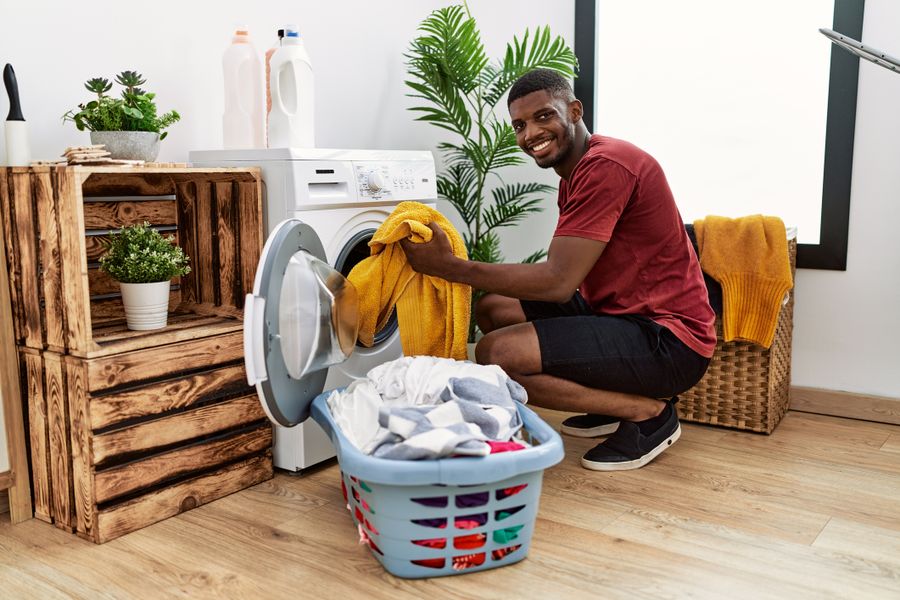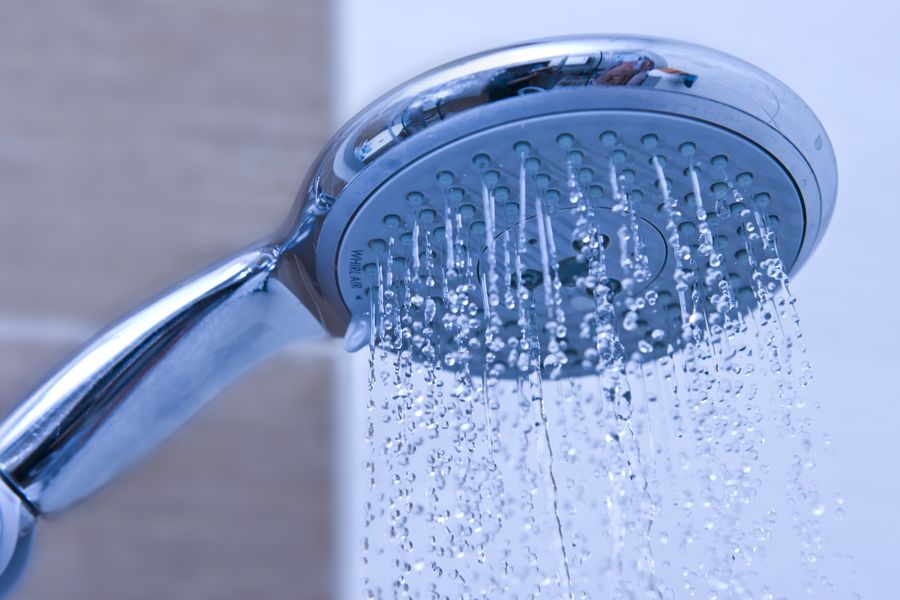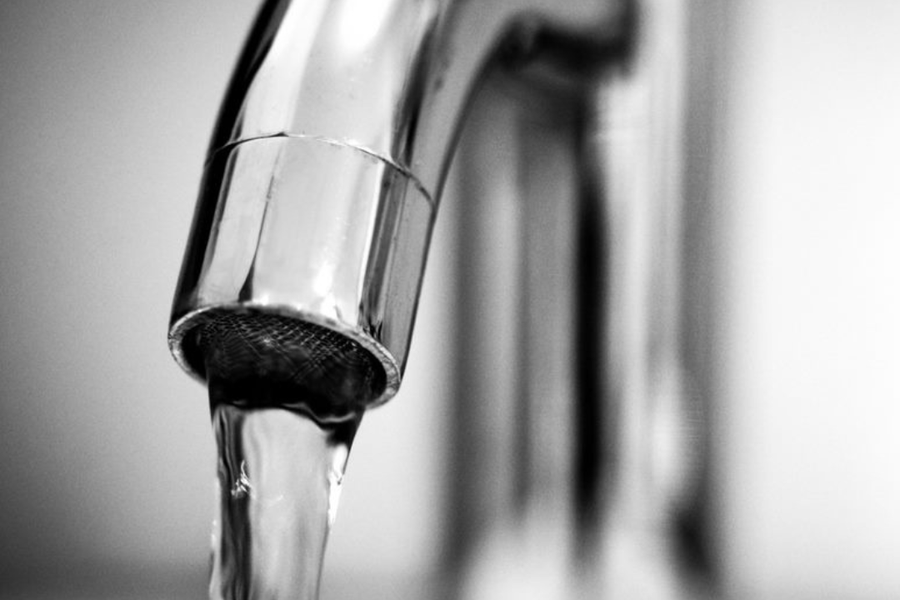Kitchen
10% of household water consumption is used for cooking, cleaning, washing or drinking in the kitchen.
- Wash your vegetables in a container, not under running water.
- When boiling vegetables, use just enough water to cover them and keep the lid on the saucepan. Your vegetables will boil quicker and maintain precious vitamins in the food.
- Don’t rinse dishes under a running tap. If you have two sinks, fill the second one with rinsing water. If you have only one sink, stack washed dishes in a dish rack and rinse them with a pan of hot water
- Garbage-disposal units use about 6 litres of water per day. Put suitable food scraps into a composter or worm farm rather than down the kitchen sink.
- To avoid wasting drinking water from a running tap, collect it in a bottle or jug and store it in the fridge until it is cool enough to drink.
Dishwashers vs by hand?
- Washing your dishes using a modern 6-star WELS rated efficient dishwasher is usually more water efficient than washing by hand.
- Scrape rather than rinse your dishes before putting them into the dishwasher.
- Only use the dishwasher when you have a full load.
- Use the rinse-hold setting on the dishwasher, if it has one, rather than rinsing dishes under the tap.
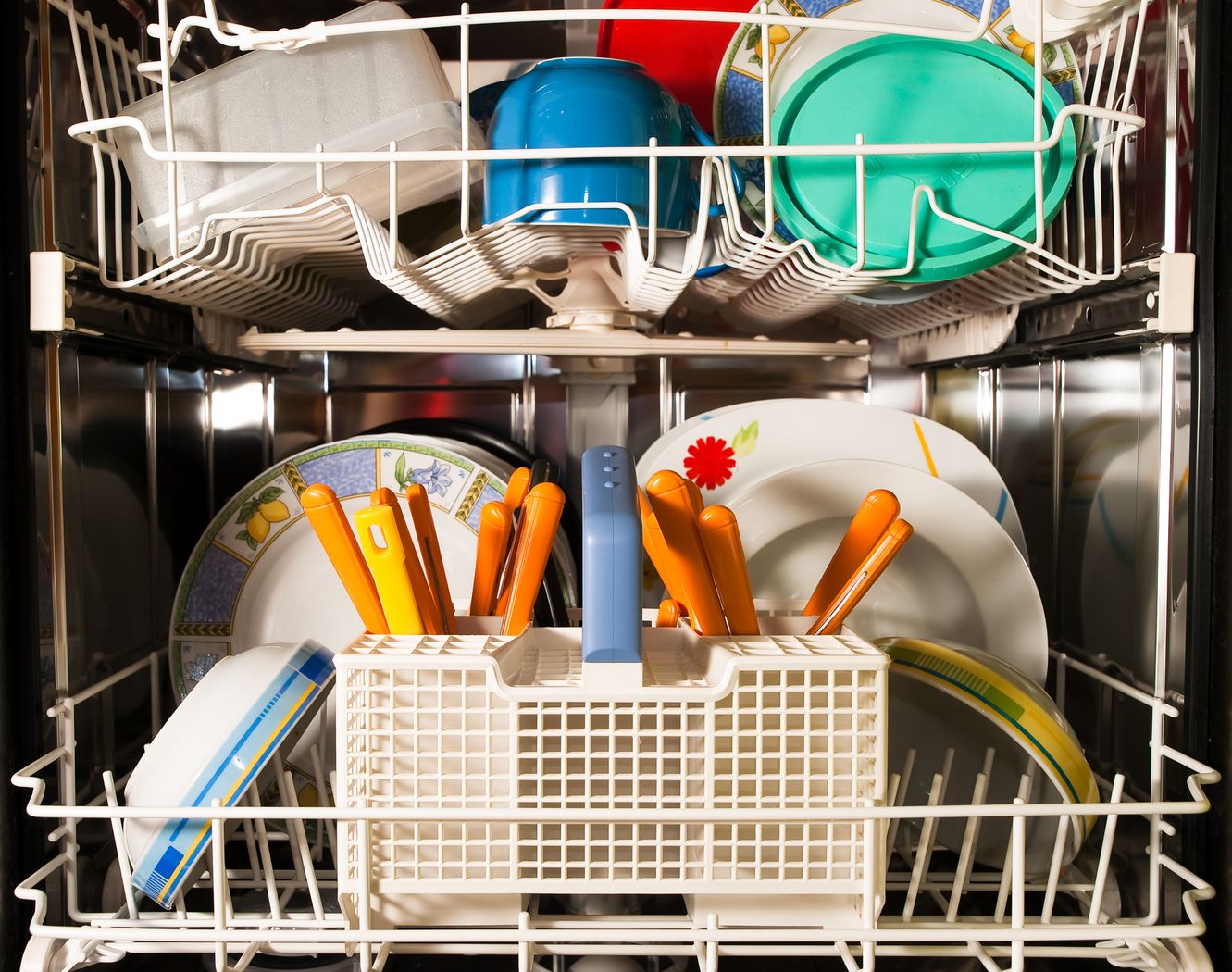
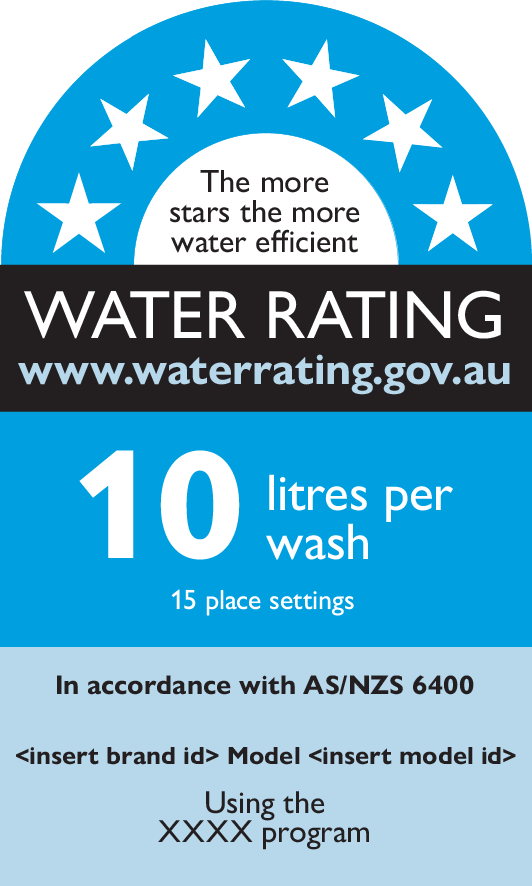
Choose a top rated dishwasher
Before buying a new dishwasher, check the manufacturer’s water efficiency labels. Australia’s Water Efficiency Labelling and Standards (WELS) scheme allows consumers to compare the water efficiency of different products using a star rating system. By buying more water efficient products you can save money on water and electricity bills and help the environment!
Waiting for the hot water to come through?
- Catch running water whilst waiting for it to warm up. Use it to water plants, rinse dishes, or wash fruit and vegetables.
- Insulate hot water pipes. This avoids wasting water while waiting for hot water to flow through and saves energy.
- Make sure your hot water system thermostat is not set too high. Adding cold water to cool very hot water is wasteful.
- New hot water systems allow you to specify the temperature without adding cold water.
- Install a plumbing device that allows the cold water to be recirculated until it warms up.

